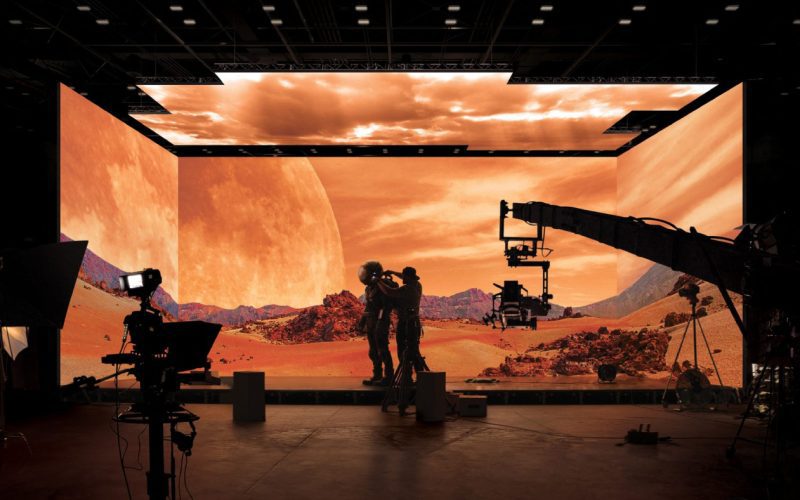Introduction
In recent years, the film industry has witnessed a paradigm shift due to the advent of digital innovations. From preproduction to postproduction, digital technologies are revolutionizing the way films are directed and produced. This article delves into the multifaceted impact of digital innovations on film production, exploring how these advancements are reshaping the cinematic landscape.
The Evolution of Film Production
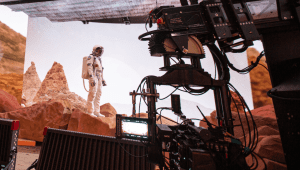
-
Traditional Film Production
Historically, film production was a labor intensive process that relied heavily on physical film stock, manual editing, and practical effects. Directors and producers faced numerous challenges, including the high cost of film, the complexity of editing, and the limitations of special effects.
-
The Digital Revolution
The digital revolution began in the late 20th century with the introduction of digital cameras, nonlinear editing systems, and computer generated imagery (CGI). These technologies have since evolved, becoming more sophisticated and accessible, thereby democratizing the filmmaking process.
Key Digital Innovations in Film Production
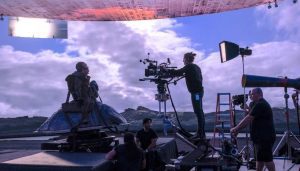
-
Digital Cameras
One of the most significant advancements in film production is the development of digital cameras. High definition (HD) and 4K cameras have replaced traditional film cameras, offering numerous advantages:
- Cost Effectiveness: Digital cameras eliminate the need for expensive film stock and processing.
- Flexibility: Directors can shoot and review footage instantly, allowing for immediate adjustments.
- Quality: Modern digital cameras produce high resolution images with exceptional clarity and color accuracy.
-
Non Linear Editing Systems
Nonlinear editing (NLE) systems, such as Adobe Premiere Pro and Final Cut Pro, have revolutionized the editing process. These software programs allow editors to manipulate digital footage with unprecedented ease and precision:
- Efficiency: Editors can quickly assemble and rearrange scenes without the constraints of physical film.
- Creative Freedom: NLE systems offer a wide range of effects, transitions, and color correction tools.
- Collaboration: Digital files can be easily shared and edited collaboratively by multiple team members.
-
Computer Generated Imagery (CGI)
CGI has transformed the visual effects industry, enabling filmmakers to create stunning, lifelike images that were previously impossible or prohibitively expensive:
- Versatility: CGI can be used to create anything from realistic characters to fantastical worlds.
- Cost Savings: Digital effects can reduce the need for expensive practical effects and set construction.
- Realism: Advances in rendering technology have made CGI increasingly indistinguishable from real life footage.
-
Virtual Production
Virtual production is an emerging technology that combines live action footage with real time CGI. Using techniques such as motion capture and LED volume stages, filmmakers can create immersive environments and interactions:
- Real Time Feedback: Directors can see the final visual effects during filming, allowing for immediate adjustments.
- Efficiency: Virtual production can streamline the shooting process and reduce the need for location scouting and travel.
- Innovation: This technology opens up new creative possibilities, enabling filmmakers to tell stories in ways that were previously unimaginable.
-
Artificial Intelligence (AI) and Machine Learning
AI and machine learning are beginning to play a significant role in various aspects of film production:
- Script Analysis: AI can analyze scripts to predict audience reactions and suggest improvements.
- Editing: Machine learning algorithms can assist with tasks such as scene selection and color grading.
- Marketing: AI can analyze audience data to optimize marketing strategies and target specific demographics.
The Impact of Digital Innovations on Film Direction

-
Enhanced Creative Control
Digital innovations have given directors greater creative control over the filmmaking process. With digital cameras and NLE systems, directors can experiment with different shots, angles, and edits without the constraints of traditional film.
-
Improved Collaboration
Digital technologies facilitate collaboration among directors, producers, editors, and visual effects artists. Cloud based platforms allow team members to share and review footage in real time, regardless of their physical location.
-
Expanded Storytelling Possibilities
Advances in CGI and virtual production have expanded the storytelling possibilities for directors. Filmmakers can now bring their most ambitious visions to life, creating immersive worlds and characters that captivate audiences.
-
Streamlined Workflow
Digital innovations have streamlined the filmmaking workflow, reducing the time and cost associated with production. Directors can focus more on the creative aspects of filmmaking, knowing that digital tools will handle many of the technical challenges.
Challenges and Considerations
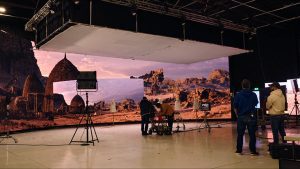
While digital innovations offer numerous benefits, they also present certain challenges and considerations:
-
Technical Expertise
The use of digital technologies requires a certain level of technical expertise. Filmmakers must stay updated on the latest advancements and invest in training to fully leverage these tools.
-
Budget Constraints
Although digital technologies can reduce some costs, they also require significant upfront investment in equipment and software. Independent filmmakers may face budget constraints when adopting these innovations.
-
Ethical Considerations
The use of AI and machine learning in film production raises ethical considerations, particularly regarding data privacy and the potential for bias in algorithmic decision making.
The Future of Film Production
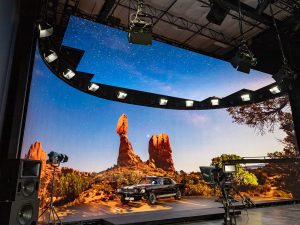
As digital innovations continue to evolve, the future of film production looks promising. Emerging technologies such as augmented reality (AR), virtual reality (VR), and blockchain are poised to further transform the industry:
- AR and VR: These technologies offer new ways to create and experience films, blurring the lines between reality and fiction.
- Blockchain: Blockchain technology can enhance transparency and security in film production and distribution, protecting intellectual property and ensuring fair compensation for creators.
Conclusion
Digital innovations are profoundly influencing film direction and production, offering filmmakers unprecedented creative possibilities and efficiencies. As technology continues to advance, the film industry will undoubtedly continue to evolve, pushing the boundaries of what is possible in cinematic storytelling. Whether through enhanced visual effects, streamlined workflows, or new forms of audience engagement, digital innovations are shaping the future of film in exciting and transformative ways.






